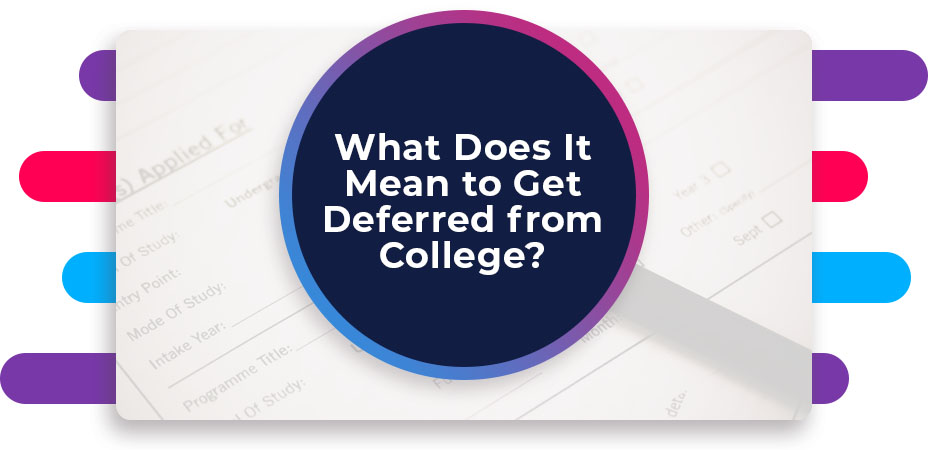Rising tuition costs refer to the increasing expenses associated with higher education. Factors driving this rise include reduced public funding, increased administrative costs, and growing demand for college degrees. These higher costs often lead to greater student debt and financial strain on families.
The Cost Of Tuition – Student Loans
$1.73 trillion — that’s how much Americans currently owe in student loans. This may feel like an overwhelming number, but it’s important that students and their families pay attention to the current reality of pursuing a four-year degree in the United States. As today’s high school students navigate the college application process, it’s impossible for them to approach it in the same way their parents or families may have a few decades ago, as the average cost of higher education tuition and fees has more than tripled from 1971-72 to 2019-2020. At Tallo, we’ve provided resources to help students go to college for free and to guide graduates on how to reduce student loan debt, but we also wanted to go directly to the source to learn how students are currently preparing for their next steps in their educational journey. From August 9 – August 22, 2021, we asked a national sample of 2,501 students about their plans for saving for college and what they’re ultimately looking for in a higher education environment.
Saving For College
The vast majority of survey respondents (74%) are currently saving money for their college tuition. Fifteen percent reported that they are not currently saving money for tuition, and 11% were unsure.
However, less than half of all survey respondents (46%) reported that their family and/or guardian is currently saving money for their college tuition. 35% reported that their family and/or guardian is not currently saving money for their tuition, and 19% were unsure. We noticed some differences in responses to this question from students of different racial and/or ethnic identities. For example, 60% of survey respondents who identify as Asian said their family and/or guardian is currently saving money for their tuition (23% reported “no,” and 17% reported that they were unsure) while both 40% of survey respondents who identify as Hispanic and 40% of survey respondents who identify as Black or African American said their family and/or guardian is currently saving money for their tuition. Additionally, 48% of survey respondents who identify as white said their family and/or guardian is currently saving money for their tuition (37% reported “no,” and 15% reported that they were unsure).
What Students Want From a College
When we asked students to report the #1 thing they’re looking for when choosing a college, the majority (63%) selected “Academics and/or major.” Financial aid and/or scholarships took second place with 22% of the vote, while campus life and/or extracurriculars (6%), college town and/or surrounding area (5%), admissions selectivity and/or reputation (3%), and social scene (1%) all fell towards the bottom of the list.
We also noticed some differences between how respondents of various racial and/or ethnic identities responded to this question. While overall, 22% of students reported that financial aid and/or scholarships were the #1 thing they look for when selecting a college, that response was higher for students who identify as Hispanic (27%) and students who identify as Black or African American (26%). 22% of students who identify as Asian chose that response, while only 17% of respondents who identify as white selected it.
Additionally, we asked students to share their top priorities at school. Nearly half of the surveyed students (48%) selected “learning.” Earning good grades came in second place at 26%, preparing for postgraduate life took third at 22%, and clubs and/or extracurricular activities (2%), friends (1%), and sports (1%) were the three least popular options.
Subscribe to receive Tallo Data Insights
straight to your inbox!
Common Questions
Below are common questions we get asked about this topic.
How has college tuition inflation compared to currency inflation over the past few decades?
College tuition has far outpaced currency inflation over the past few decades. The consumer price index has gone up about 2-3% per year, while college tuition has gone up 7% per year from 2000 to 2020. College tuition has far outpaced currency inflation over the past few decades. The consumer price index has gone up about 2-3% per year, while college tuition has gone up 7% per year from 2000 to 2020. So college has gone up way faster than the cost of living making it less affordable for many families.
What do new buildings and student services add to rising college costs?
New buildings and student services add to rising college costs. Institutions justify higher tuition by investing in new facilities, modern dining halls and expanded student services.
While these are meant to attract students and provide a good education, they also add to the overall cost of attendance. The “amenities arms race” among colleges has become a big part of the sticker price of higher education.
How do changes in state funding affect in-state tuition at public institutions?
Reductions in state funding directly impact in-state tuition at public institutions. As state funding for higher education goes down, public colleges and universities raise tuition to make up for the lost funding. This shift from states to students has been a big part of the rising cost of public higher education over the past few decades and has hit in-state students the hardest who used to get the benefit of lower tuition rates.
What part do administrative positions play in rising college tuition?
The growth of administrative positions in higher education has contributed to rising tuition costs. Over the past few decades colleges and universities have added a lot of administrative staff, often at a rate faster than faculty or student growth. These positions, while often created to improve student services or comply with regulations, add to the overall labor cost of the institution. So schools may raise tuition to cover these added expenses and that contributes to the cost of college.
How has the average annual cost of college changed for students when factoring in grant aid?
While the sticker price of college has gone up a lot, the average annual cost for students when factoring in grant aid has not gone up as much. According to recent data, the net price (tuition minus grant aid) for many students has actually gone down at public colleges when adjusted for inflation.
For example, the average in-state student at a public college in 2025 is projected to pay $11,610 in tuition which is 4% less than a decade ago when adjusted for inflation. After grants and financial aid, the annual tuition burden has gone down 40% over the last 10 years.
How has rising college tuition affected student loan debt and repayment trends?
The rise in college tuition has led to more student loan debt but recent trends show some good news. While many students still rely on federal student loans to finance their education, the percentage of students graduating with debt from in-state public colleges has gone down from 59% to nearly 50% over the last decade.
And the average loan amount for borrowers has gone down 17% during the same period. But overall student loan debt in the US is still high so rising college costs continue to be a financial burden for many students and families.







